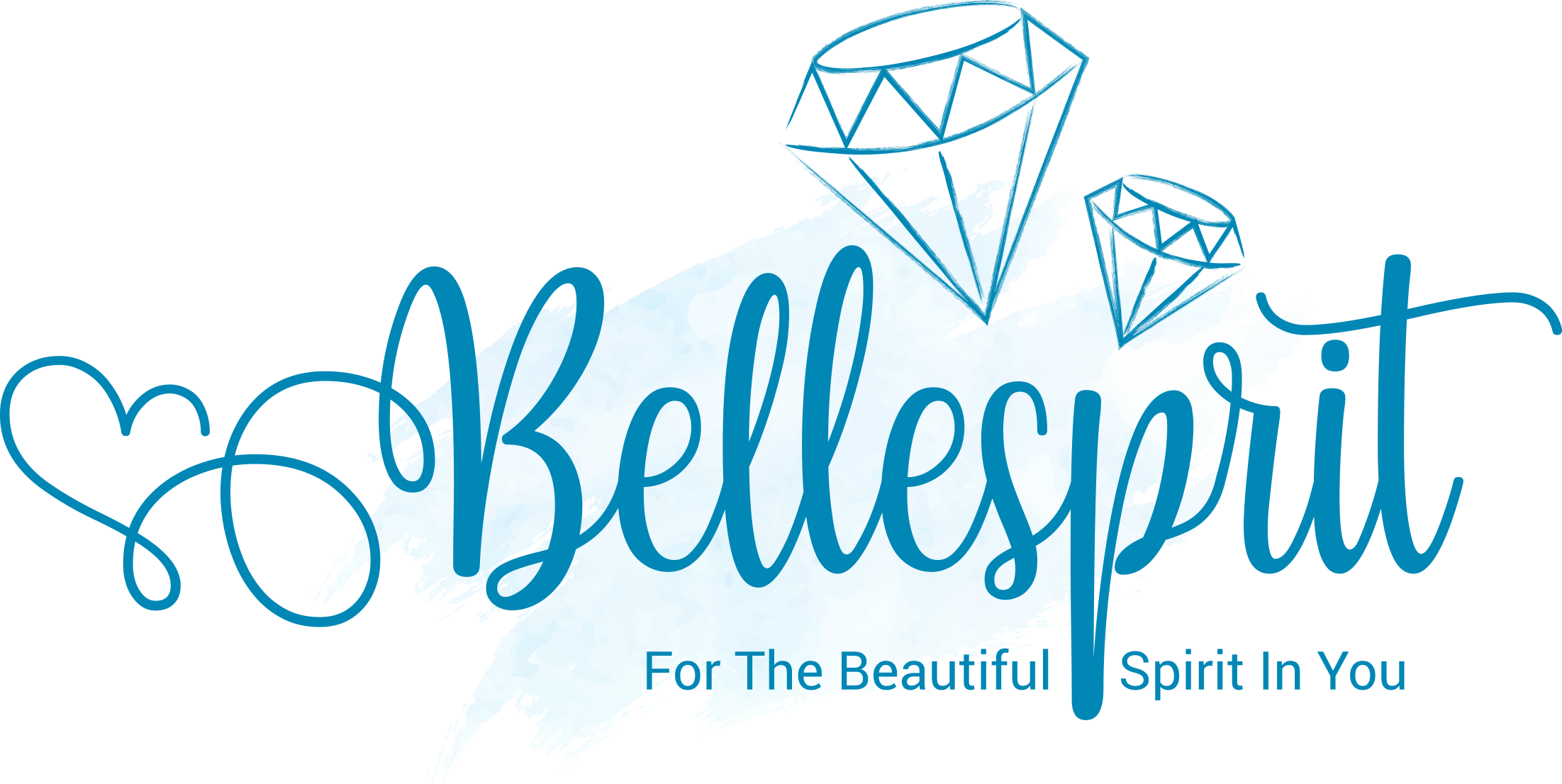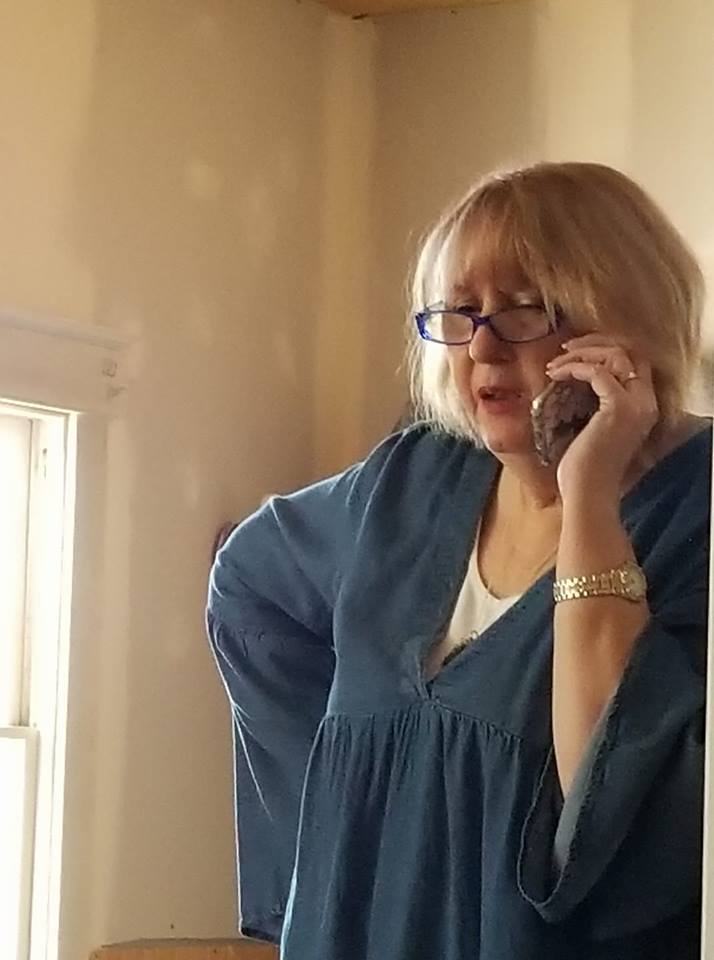When people depended on their living by farming, herding, and living off the land, it was integral that the weather, soil conditions, and health of their people and animals cooperated in that endeavor. If they did not, the people perished; simple as that. In documented history and archeology, people went from hunting and gathering to farming and herding nearly over night. This is attributed to the Gods and their gifts to the people. I don’t think it’s a far stretch to think that we were visited at that time by alien races. In any case, the Pagan/Wiccan remembers the Gods in all of their year’s celebrations for their gifts, their talents and for their love. Please remember that each of these references are general, and refer to the symbolic phases of the year for the Pagan or Wiccan. They are not all inclusive; for me to try for that would be to write a book. During this coming year, I will try to write a little more concerning the celebrations.
The Pagan/Wiccan year begins with Yule. It is also known as Winter Solstice and a host of other names that each Tradition has for the cold winter. In most traditions the Sun God is born to the Goddess on the longest night of the year (Solstice usually December 21st.) This celebration is marked by the giving of gifts and the Yule log among other traditions that most people will recognize.
In times past Pagans/Wiccans had a feast that was12 days long and lasted until the first of January. Today’s work constraints and modern living usually limit the festival to one day, which is usually celebrated on December 21st. If this sounds familiar, most Christians celebrate their Christmas and the birth of Christ at this time as well. But, the original celebration dates back much further to Egypt and the times of Isis and Osiris, and possibly even further back in history.
The next celebration is Imbolc, also known as Marymas, and Groundhog Day. Celebrated on February 2, this celebration is the observing of the Goddess as she becomes “a virgin child” again, the God grows from an infant to a child and is the field unplowed. This observes that the earth, while still cold and unable to be farmed is readying itself to grow and be fertile.
The next celebration is known as Ostera (Eostera in some traditions.) It is usually marked at the Spring Equinox (March 21st) and is the celebration of Spring and the first of the herds to be born. The Goddess and the God become young people, and realize their interest in each other is young love. The farmer begins to plant his fields and the year takes on a fresh new green. Rabbits, eggs, regeneration, and other accoutrements are very old symbols of Ostera, also dating back to the beginning (and before) recorded time.
Beltane (May 1st) marks the marriage of the God and Goddess. Their union blesses and ensures that the people will prosper as the time of harvest arrives, (full fertility has arrived). Beltane is celebrated by Pagans and Wiccans with their own marriages and unions, along with bonfires and happy times with each other. All crops are in the ground by this time as well.
June 21st is also known as Litha and Midsummer’s (Shakespeare wrote one of his most famous plays about it) or Summer Solstice. This marks a full half of the year gone by. It is the longest day of the year, and is celebrated with songs and feasting. Soon there will be the first harvest and much work will be done. The crop is in full growth by now.
The next celebration is Lammas, and Lughnasadh, the first Harvest. This is held about the 1st of August or so, and marks the first harvest time. The first of the grain is brought in and the God and Goddess celebrate the results of their fertility. This is a great celebration; it ensures that the people will live during the coming winter.
Mabon (September 21st) is the marking of the second Harvest. This is where the fruits are gathered and the wine is made. This is the Fall Equinox, and of course the beginning of the “dying” of the land. This celebration acknowledges the death of the God, and of his giving his life for the people (the harvest…highly symbolic). The Goddess begins her mourning of Him, and the land begins to whither and to die.
Wiccans and Pagans hold their high counsel fires at this time to discuss the harvest, how it went, and what will be done in the coming year (what fields to plant, sow, and so on.) In modern times, the Wiccan/Pagan considers what happened in his year, what he wants to change, and how he will approach the coming year. It is a solemn time and used for meditation and magic.
Samhain (October 31st.) is the end of the Pagan/Wiccan year. It is the last harvest, sometimes known as the Blood Moon…so called because this is the time when the herd is considered. Those animals not kept for the coming year or deemed ready for slaughter are killed, and preserved for the coming winter season as food. The last of the crops are brought in and no more harvesting will be done after this date.
The Goddess has begun her descent into the underworld and has gone from the people as has the God already. This is a desolate time for the Pagan/Wiccan, and she mourns her Gods’ passing and hopes for their return, knowing the winter comes; the cold and time of famine are coming as well.
The Pagan/Wiccan hopes and prays that the harvest has been enough to feed her people during the winter. The veil is thinnest at this time, and the dead can be visited with, remembered and their lives and deaths celebrated. This is the passing of the old year, and the new year comes in.
The Wheel of the Year is sacred to the Pagan/Wiccan and each celebration marks the passing of it and of Life. I hope to write in the coming year about each celebration and some of its more specific meanings as well as how people are more alike than they realize and how our “alikeness” is so much more important than how we are different. May the God and Goddess bless your Lammas with plenty to eat and drink, both now and in the coming Winter.
Blessed Be.
LynAnne
Reverend LynAnne Moon has been a practicing Wiccan/Pagan for about 35 years, and is currently practicing the Sumerian tradition. She is active in both Coven and Community and is a co-founder of the El Paso Pagan Alliance (El Paso, TX.) She is also a partner in The Frugal Pagan (www.thefrugalpagan.com/).


